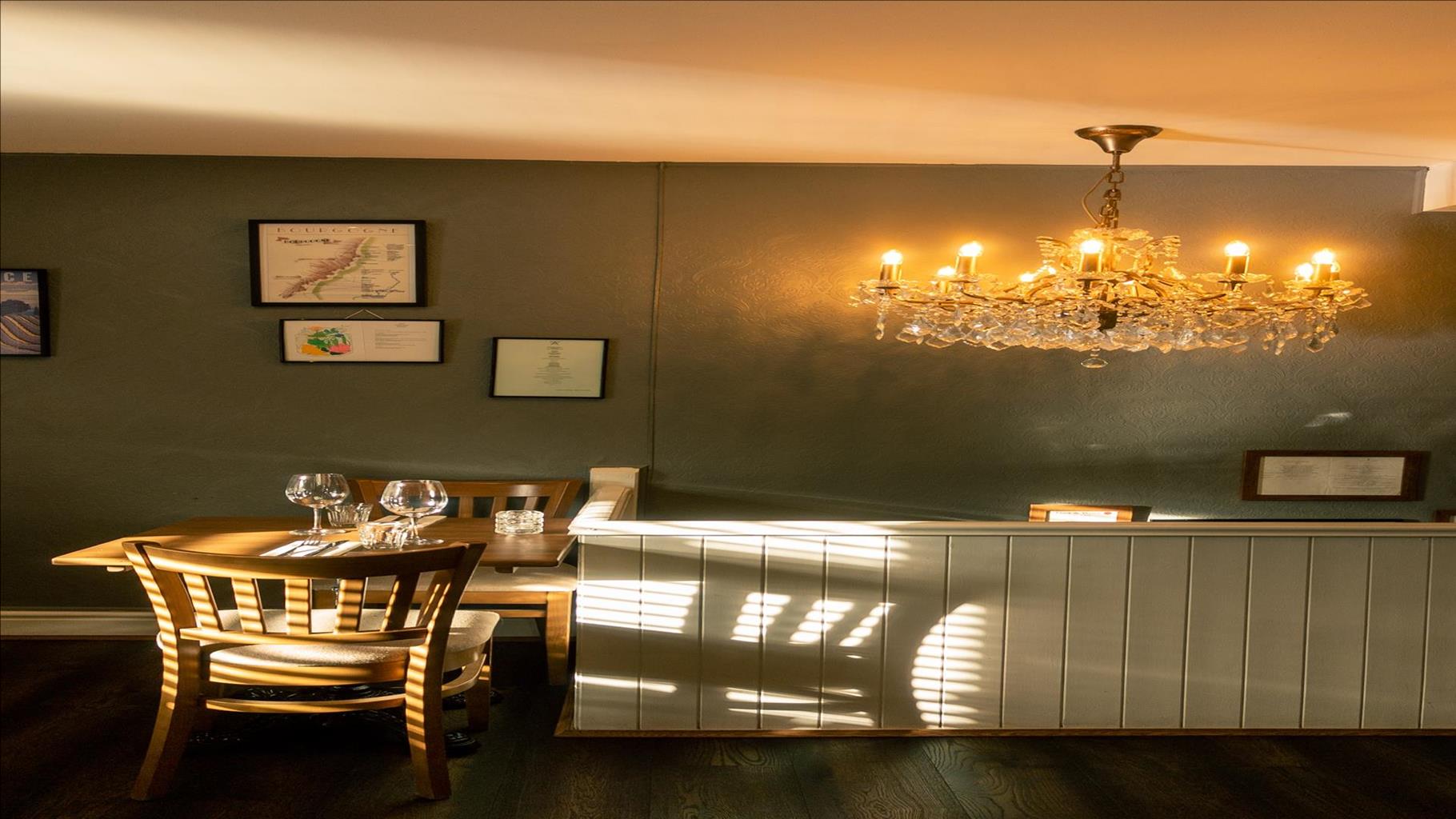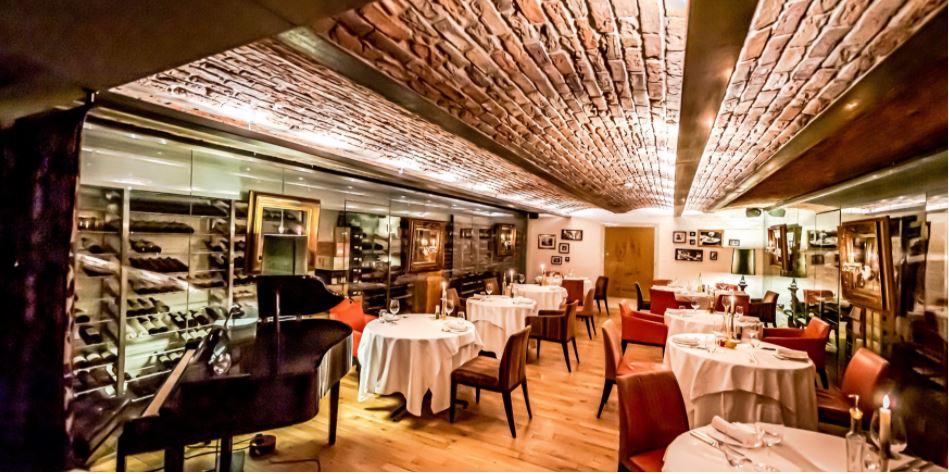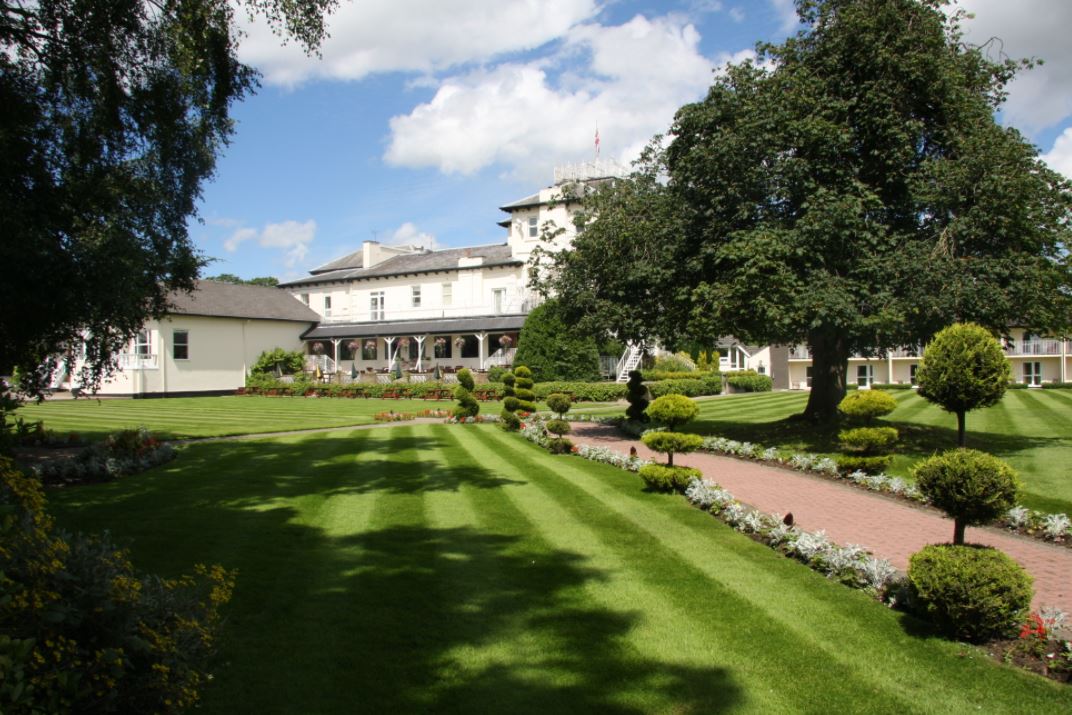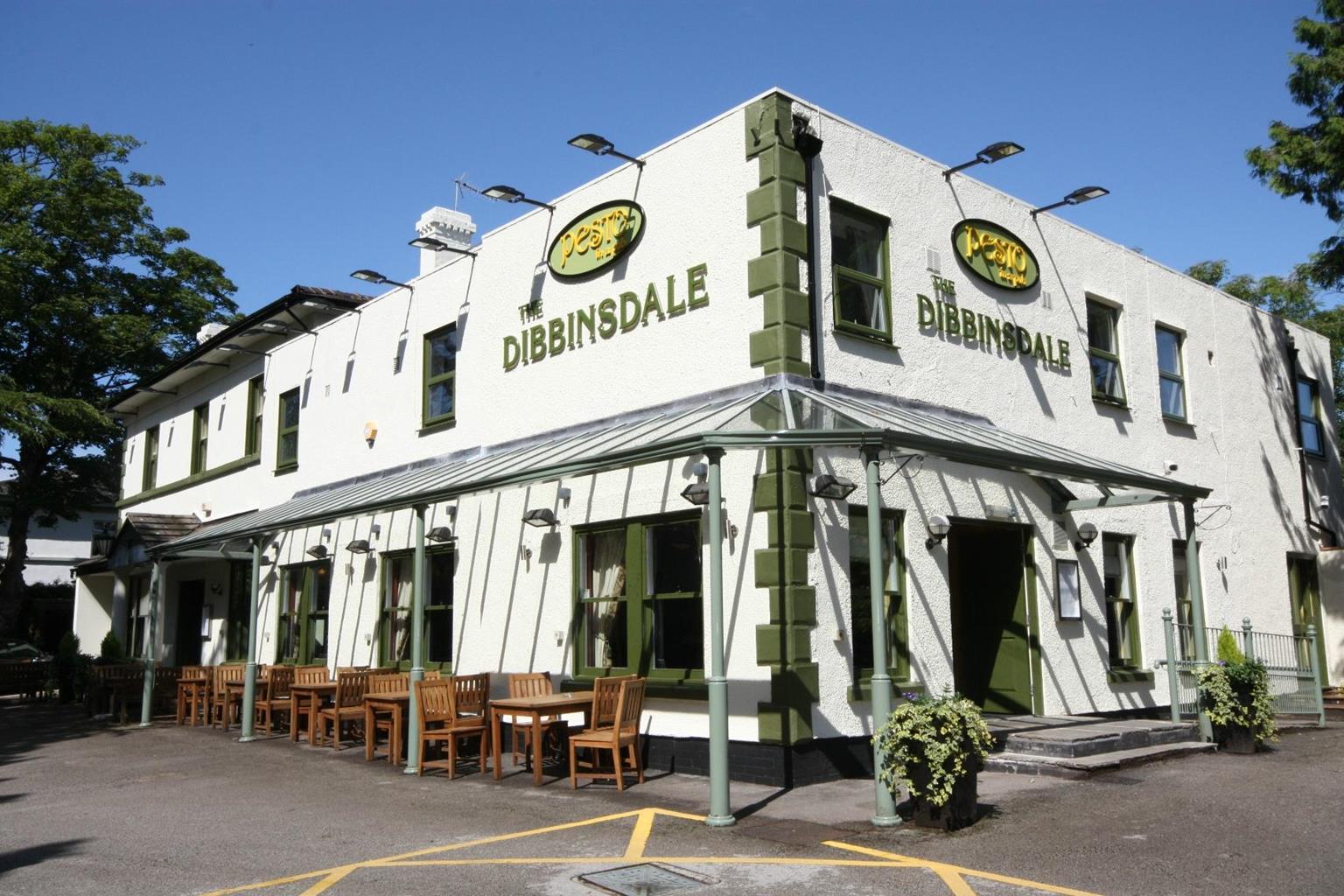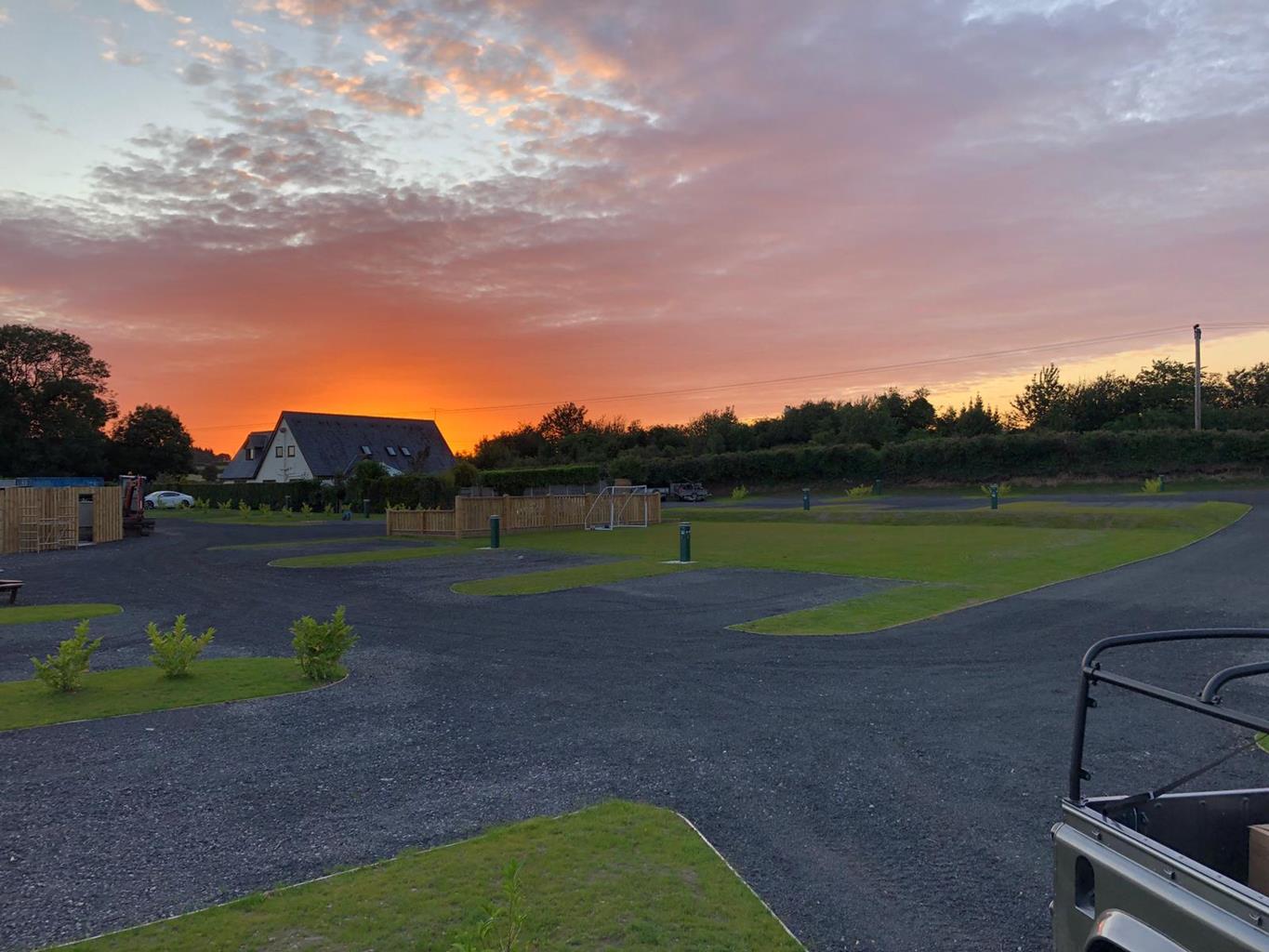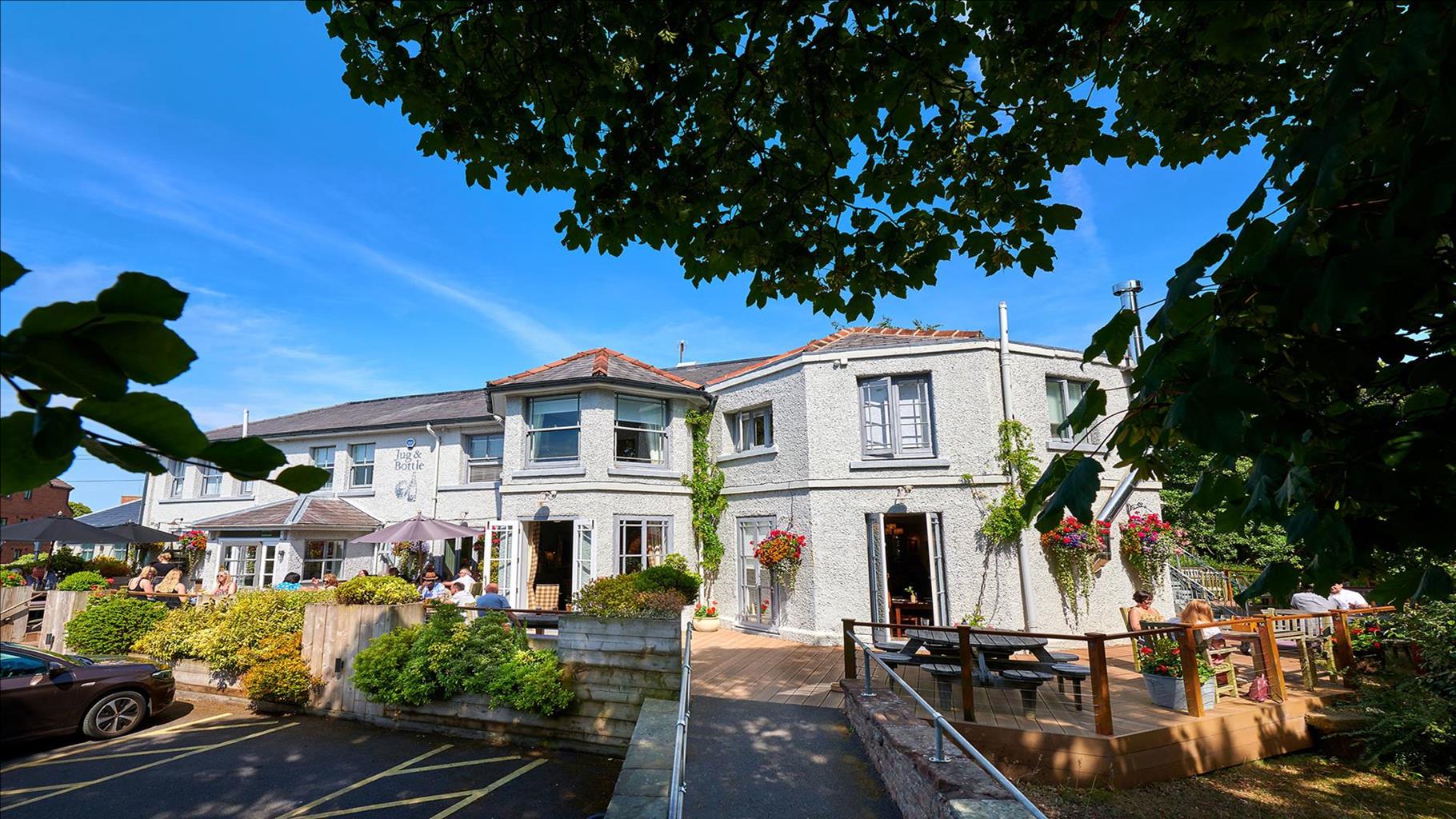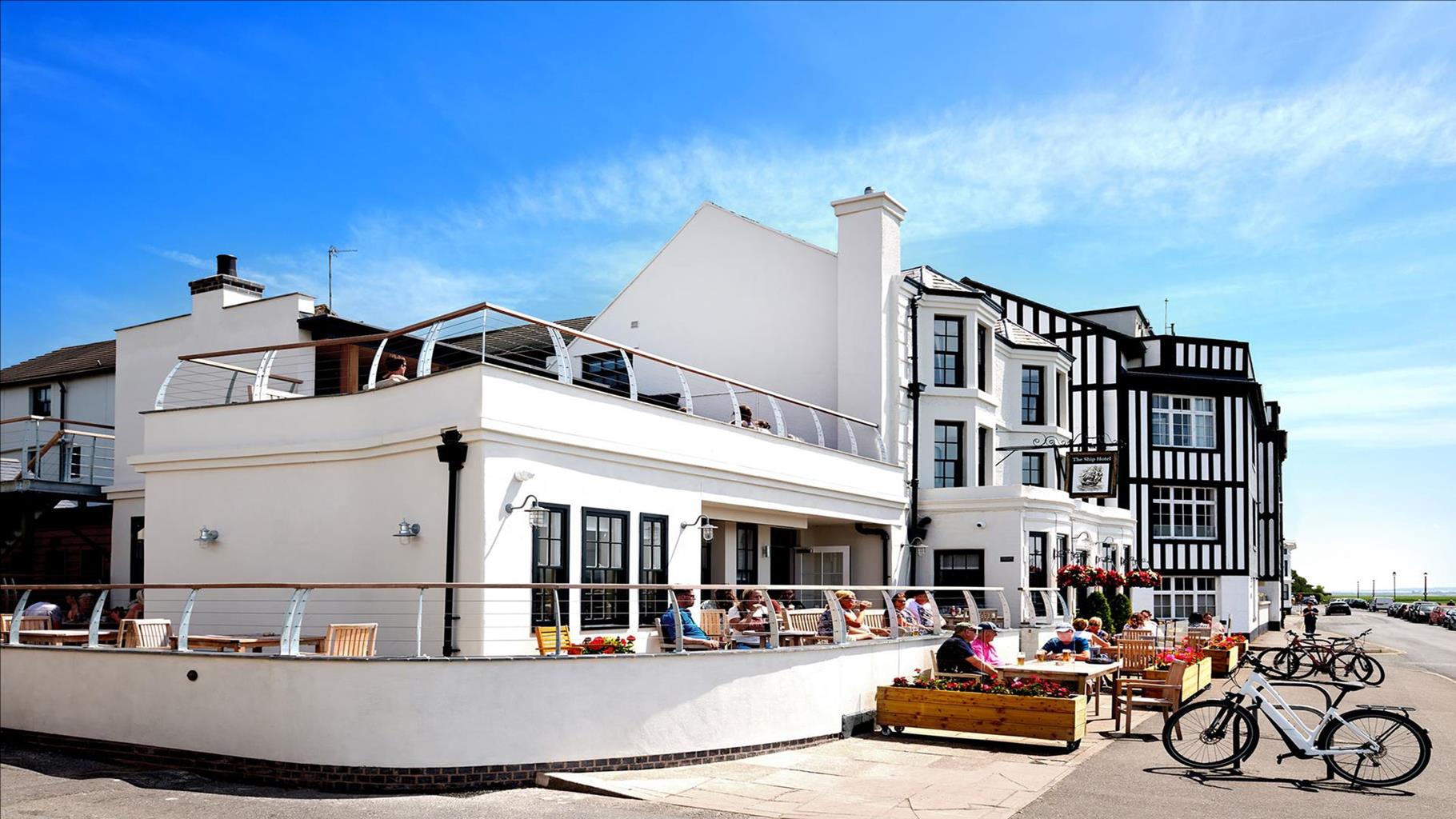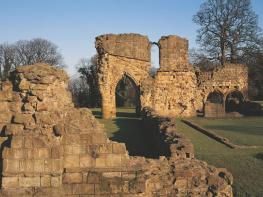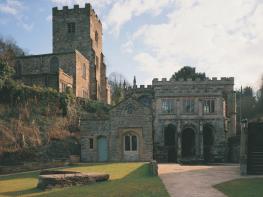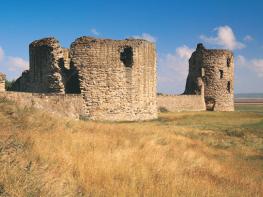Located on a former garden centre and nursery site and adjacent to a racecourse renowned in the…
In Greenfield Valley

5 miles (8kms)
About the walk
A good head of water has served the Greenfield Valley well over the centuries, and that water gushes out from a spring high on the limestone hillsides beneath Holywell. Geologists will tell you that this is a natural phenomenon, but romantics tell a different story. These folk say St Winefride’s Well dates back to the 7th century after St Beuno set up a church here. His daughter Winefride taught in the convent and caught the eye of Caradog, the local chieftain. After being spurned by the young nun, the vengeful Caradog drew his sword and cut off her head. Immediately, a spring emerged where her head hit the ground. Pilgrims came to visit the spot to take the healing waters. In 1499 Margaret, the Countess of Derby and mother of Henry VII, financed the building of an ornate chapel around the well.
The religious connections also played a prominent role in the 12th century, when the Savignac Order, which was later to be combined with the Cistercians, set up Basingwerk Abbey at the bottom of the hill. The ruins of the abbey are the first thing you see at the start of the walk.
The monks were the first to utilise the power of the stream when they built a corn mill here. It would be one of many industrial buildings that would later occupy the whole valley from the mid-17th century onwards. Thomas Williams of the Parys Mine Company established a rolling mill and the Abbey Wire Mill here, while in the Battery Works up the hill the workforce hammered out brass pots and pans that were used for the slave trade. Ships would leave Liverpool laden with brassware for West Africa, where they would load up with slaves for the Caribbean, returning to Liverpool with sugar, tobacco and cotton.
In 1869 the railway came and by 1912 a full passenger service was operating from Greenfield to Holywell. At a gradient of 1 in 27 it became the steepest conventional passenger railway in Great Britain, and continued to be so until its closure in 1954. One by one the mills shut down. Today the valley is a heritage park and relics of the old industries sit among pleasant gardens. The Greenfield Valley makes a wonderful walk through more than 1,500 years of history.
Walk directions
Take the footpath that emerges from the back of the car park on the lefthand side and follow it around the abbey.
Turn left between the visitor centre and the Old Schoolhouse joining a track that passes Abbey Farm. Take the left fork by the stone walls of Abbey Wire Mill, following the sign to the Fishing Pool, a lily-covered pond.
Beyond the Lower Cotton Mill take the lower right-hand fork then bear right past some fixed iron gates to pass the crumbling remains of Meadow Mill. Beyond the mill, turn left up some steps, climbing up by a weir and then turn right back onto the main track.
Pass the ruins of Greenfield Mill, take the right fork, signed St Winefride’s, then continue down to a kissing gate and wind out to the road. Turn left along the paved road as far as St Winefride’s Chapel and Well. When you’ve viewed these, go back down the road to the Royal Oak Inn.
Climb the lane, called Spring Bank, that begins from the opposite side of the road and take a right-hand exit on a bend. Beyond the houses, bear off right along a stony track. Keep ahead past the entrance to a small housing estate on a sunken hedged path. Enter a field over a stile at the top.
Go straight ahead, running parallel to the field edge and through a wide gap in the mature hedge, and continue at the edge of the next field. Maintain your northwesterly direction to a stile just past a slate wall (the stile is easy to miss) and keep going to another stile opposite, and then another part-way down the boundary. Walk on with a hedge and a parallel farm track on your right, eventually exiting over a stile onto that track.
Leave the cart track where it swings round to the right and follow a signed footpath across a meadow and then through trees to the banks of Afon Marsiandwr. After crossing the stream the path climbs out of the woods and crosses a field to reach a country lane.
Turn right along the lane following it down to reach the coast road (A548). Cross the busy road with care. The continuing footpath to the seashore lies immediately opposite you, over a step stile. Cross a field and then a railway track – again cross with extreme care as trains are not infrequent – and continue walking until you get to the flood embankments where you turn right.
The footpath comes out by Greenfield Dock. Turn right here along the paved lane back into Greenfield. Turn left to return to the car park.
Additional information
Woodland paths and tracks, lanes, field paths and coastal embankment, many stiles
Wooded former industrial valley, pastured hillside and coast
Dogs should be on a lead
OS Explorer 265 Clwydian Range
Car Park just off A548 at Greenfield
In the visitor centre
WALKING IN SAFETY
Read our tips to look after yourself and the environment when following this walk.
Find out more
Also in the area
About the area
Discover Flintshire
Wales’s most northeasterly county contains little in the way of big blockbuster attractions, but that doesn’t mean there’s nothing to see or do. Bounded by the Dee Estuary to the north and the Clwydian mountain range to the west, with the bright lights of Chester just over the border to the east, Flintshire has been described as both ‘the Gateway to Wales’ and ‘Wales in miniature’.
Much of the county’s greatest delights can be found in its landscapes. The purple-heathered Clwydian Range is an Area of Outstanding Natural Beauty. Talacre Beach sports a picturesque lighthouse and miles of world-famous sand dunes. And the Dee Estuary is a Site of Special Scientific Interest (SSSI) and a great place to spot wading birds.
St Winefride’s Well in Holywell is one of the Seven Wonders of Wales, and the site of a famous Welsh legend – the well is said to have sprung up from the spot where Winifred was beheaded by Caradoc after refusing to marry him (A Morbid Taste for Bones, the first Cadfael novel, takes its plot from Winifred’s legend). It’s still a site of pilgrimage for some. Other Flintshire towns include former country town Flint, and the market town of Mold.
Nearby stays
Restaurants and Pubs
Nearby experiences
Recommended things to do
Why choose Rated Trips?
Your trusted guide to rated places across the UK
The best coverage
Discover more than 15,000 professionally rated places to stay, eat and visit from across the UK and Ireland.
Quality assured
Choose a place to stay safe in the knowledge that it has been expertly assessed by trained assessors.
Plan your next trip
Search by location or the type of place you're visiting to find your next ideal holiday experience.
Travel inspiration
Read our articles, city guides and recommended things to do for inspiration. We're here to help you explore the UK.

